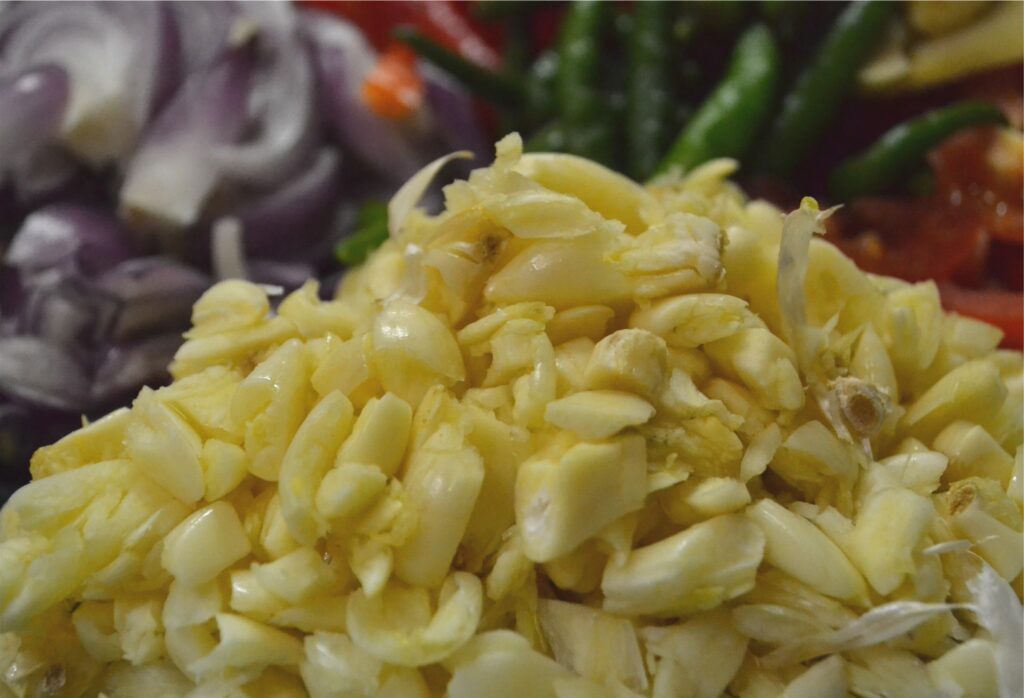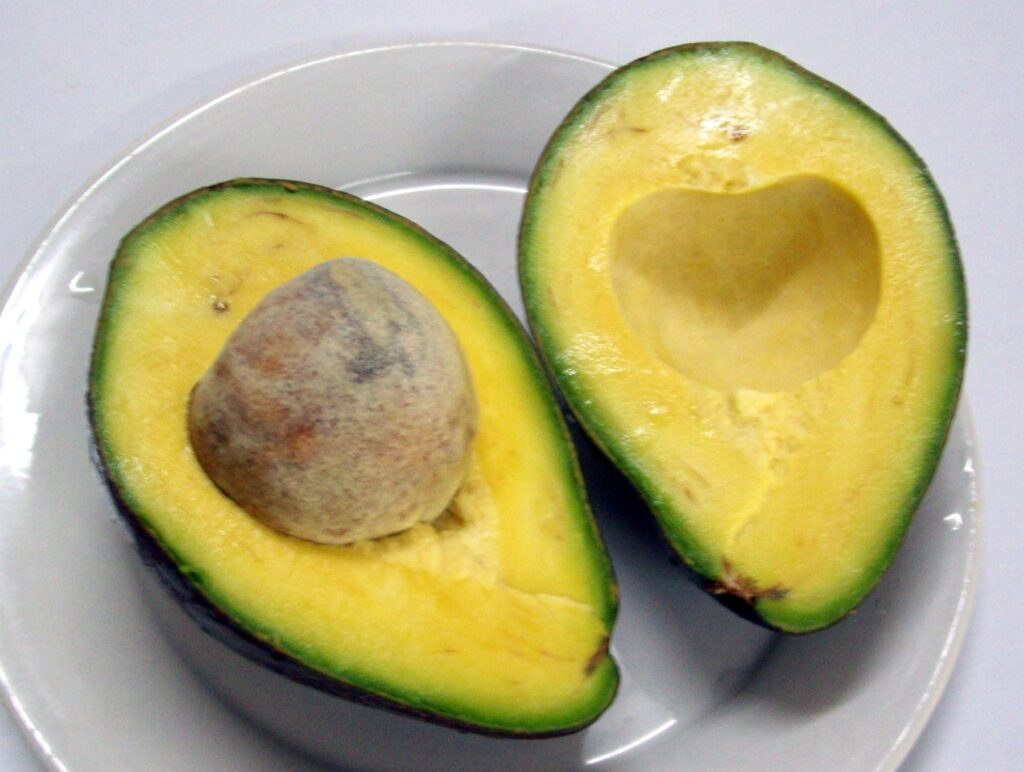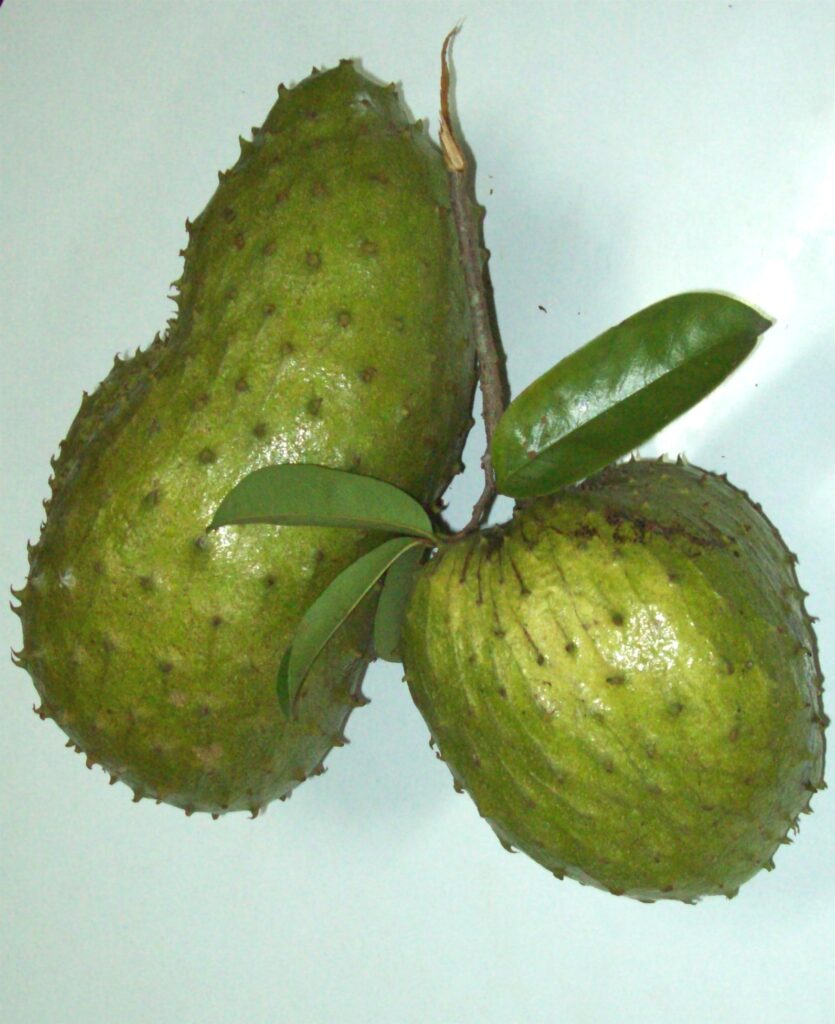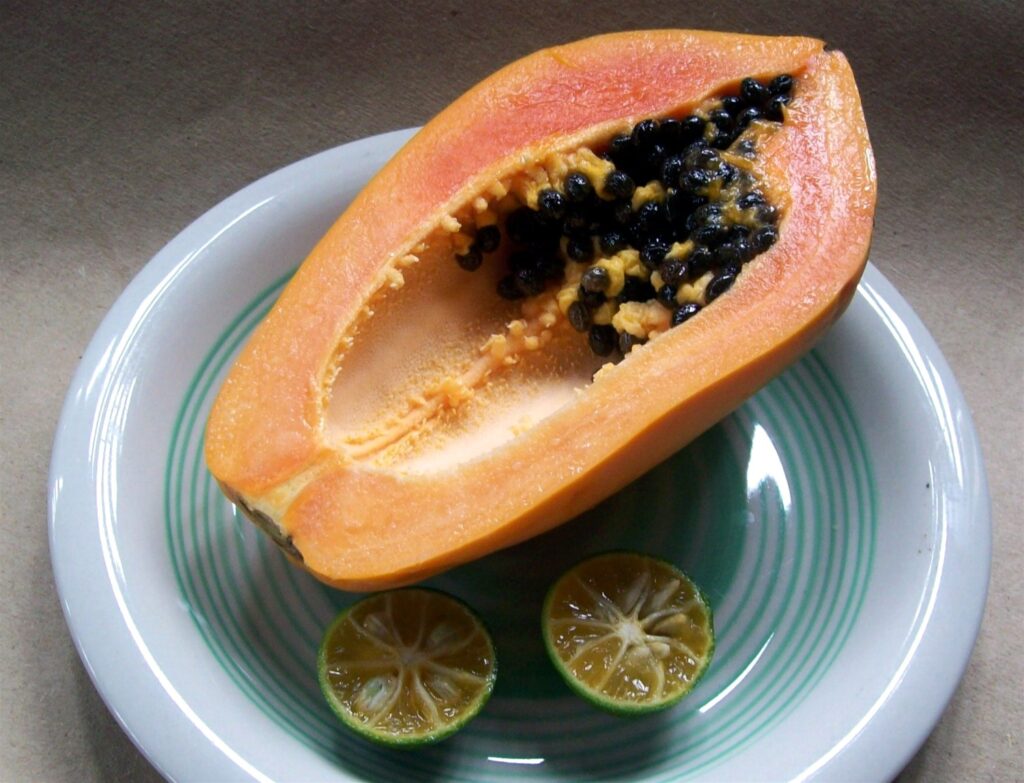Text and Photos by Evangeline T. Capuno
What is the most dreaded disease of them all? Cancer, that’s what. If a doctor tells you that you have a cancer, it’s already like a death sentence.
“A cancer is a group of cells (usually derived from a single cell) that has lost its normal control mechanisms and thus has unregulated growth,” explains The Merck Manual of Medical Information. “Cancerous (malignant) cells can develop from any tissue within any organ. As cancerous cells grow and multiply, they form a mass of cancerous tissue – called a tumor – that invades and destroys normal adjacent tissues.”
The term “tumor” refers to an abnormal growth or mass; tumors can be cancerous or non-cancerous. Cancerous cells from the primary (initial) site can spread (metastasize) throughout the body.
Prevention and treatment of cancer include surgery, radiation therapy (where a beam or field of intense energy focused on a cancerous area or organ of the body), chemotherapy (involves the use of drugs to destroy cancer cells), immunotherapy (where the body’s immune system is stimulated to fight against cancer), and combination therapy. In some instances, people suffering from cancer turn to alternative medicine that includes medicinal herbs to treat their cancer, instead of or in addition to standard treatment.
An ounce of prevention is better than a pound of cure, so goes the saying. Unknowingly, Mother Nature has given us some fruits and vegetables that may help a person prevent from getting a cancer. Some of these even fight cancers. Know some of them:

Asparagus. A man with an almost hopeless case of Hodgkin’s disease (cancer of the lymph glands) who was completely incapacitated. Within one year of starting the asparagus therapy, his doctors were unable to detect any signs of cancer, and he was back on a schedule of strenuous exercise.
Asparagus contains a good supply of protein called histones, which are believed to be active in controlling cell growth. According to the US National Cancer Institute asparagus is the highest tested food containing glutathione, which is considered one of the body’s most potent against cancer.
Broccoli. Research has revealed that a chemical component called indole-3-carbinol can combat breast cancer by converting a cancer-promoting estrogen into a more protective substance. The phytochemical sulforaphane raises the levels of certain cancer-fighting enzymes that defend the body from cigarette smoke, fumes, pesticides, and other known carcinogens.

Garlic. Garlic has a long history of medicinal uses, dating back to the Babylonians and Egyptians, the latter of whom sealed it in their tombs. Greek athletes at the original Olympic Games chewed it for stamina, and its curative effects were recommended by no less than Hippocrates, the Father of Medicine.
Dr. Gerhard Schrazeur, a chemistry professor at the University of California at San Diego, and a leading authority on nutrition and cancer prevention, calls garlic “a little miracle vegetable.” He explains: “Among other things, garlic is rich in the trace element selenium, which has been linked with the prevention of cancer and heart disease.”
The American professor adds: “Selenium stimulates the immune response, fortifying the body against allergies and the common cold. What’s more, it is a natural antibiotic that helps prevent such infectious diseases as pneumonia, tuberculosis, and the common cold. Garlic’s antibacterial quality also counteracts such problems as dysentery and diarrhea.”

Sweet potato. This nutrient-dense food contains many anticancer properties. It’s loaded with beta-carotene, which may protect DNA in the cell nucleus from cancer-causing chemicals outside the nuclear membrane.

Avocado. It is touted to be the most nutritious fruit in the world – and it is! Avocado provides more than 25 essential nutrients such as protein, vitamin E, C, B-vitamins, folic acid, iron, copper, phosphorus, and magnesium, just to name a few. It is also rich in glutathione, a powerful antioxidant that attacks free radicals in the body by blocking intestinal absorption of certain fats.
Not only that. High avocado intake has been shown to have an effect on blood serum cholesterol levels. A study showed that after a seven day diet rich in avocados, patients with hypercholesterolemia showed a 17% decrease in total serum cholesterol levels. These subjects also showed a 22% decrease in both LDL (bad cholesterol) and triglyceride levels and 11% increase in HDL (good cholesterol) levels.

Guava. Nutrition experts claim that vitamin C – mainly in the skin, secondly in the firm flesh, and little in the central pulp – varies from 56 to 600 milligrams. It may range up to 350-450 milligrams in nearly ripe fruit. When it is fully ripe and soft, the vitamin C content may decline to 50-100 milligrams.
Aside from vitamin C, guava is also rich in potassium, calcium, and iron. Likewise, guava contains both carotenoids and polyphenols – the major classes of antioxidant pigments — giving them relatively high dietary antioxidant value among plant foods.
Guava helps reduce cholesterol in blood and prevents it from thickening, thereby maintaining fluidity of blood and reducing blood pressure. Studies have shown that foods which lack fiber (such a refined flour) add to blood pressure, due to quick conversion to sugar. Guava, being very rich in fiber and hypoglycemic in nature, helps reduce blood pressure.

Guyabano. “Effectively target and kill malignant cells in 12 types of cancer, including colon, breast, prostate, lung and pancreatic cancer.” That was what some experts have been claiming. The guyabano tree compounds, it added, “proved to be up to 10,000 times stronger in slowing the growth of cancer cells than Adriamycin, a commonly used chemotherapeutic drug.”
What’s more, unlike chemotherapy, the compound extracted from the guyabano tree selectively hunts down and kills only cancer cells. It does not harm healthy cells!

Papaya. “Low in calories and full of nutrition, papaya has more vitamin C than an orange,” says Amy Tousman, a registered dietitian based in Hawaii. “It’s loaded with vitamin A, potassium, folate, and fiber. It also contains lutein and zeaxanthin, substances which help protect our eyes from age-related blindness.”
In addition, the vitamins C and E found in papaya are all associated with reduced risk of colon cancer. Papaya also helps in the prevention of atherosclerosis, diabetes, and heart disease. Folic acid found in papaya is needed for the conversion of a substance called homocysteine, an amino acid. If unconverted, homocysteine can directly damage blood vessel walls and if levels get too high, it is considered a significant risk factor to heart attack and strokes.
Be sure to talk with your doctor first before eating a lot of these fruits and vegetables. – ###








